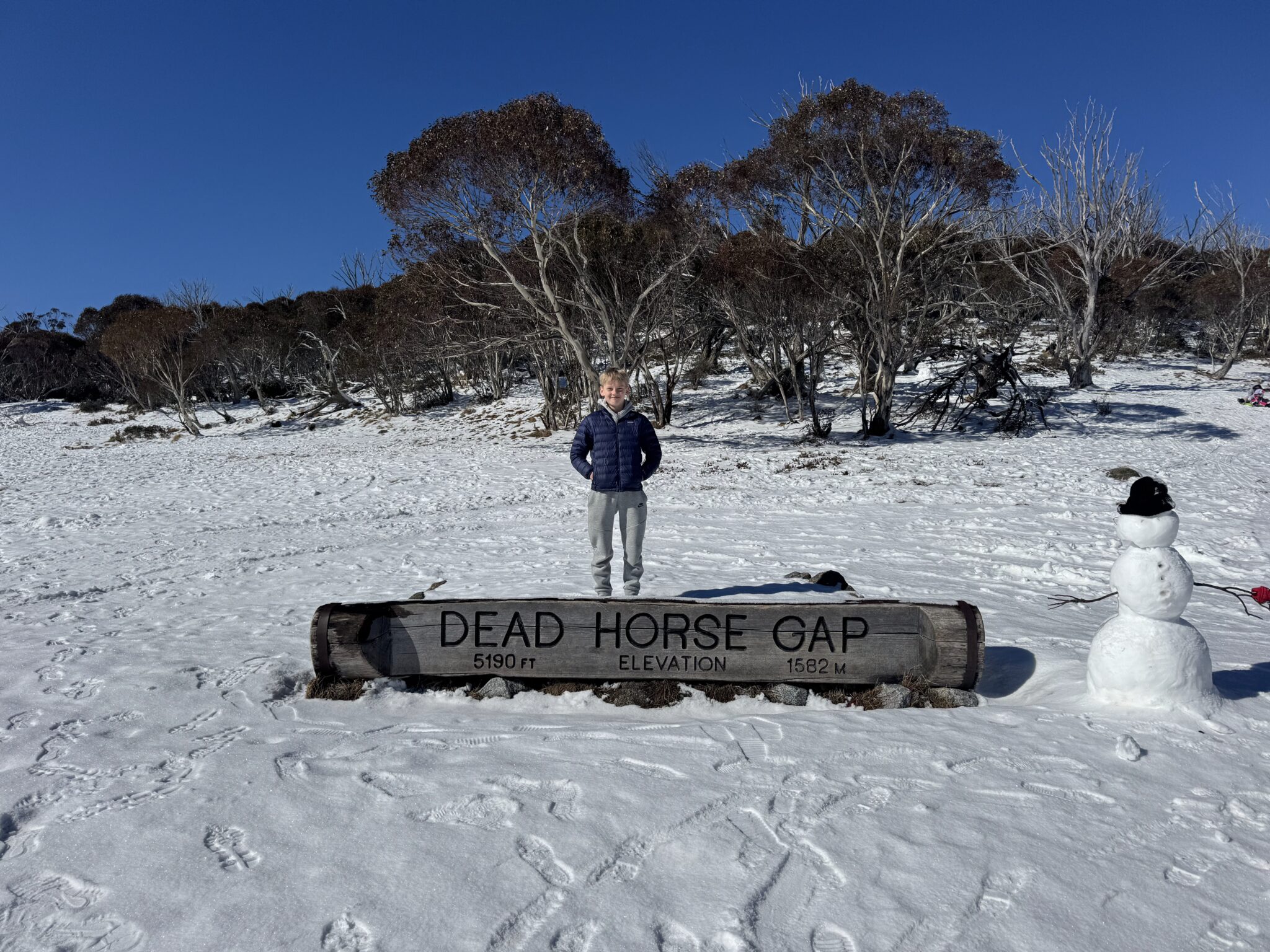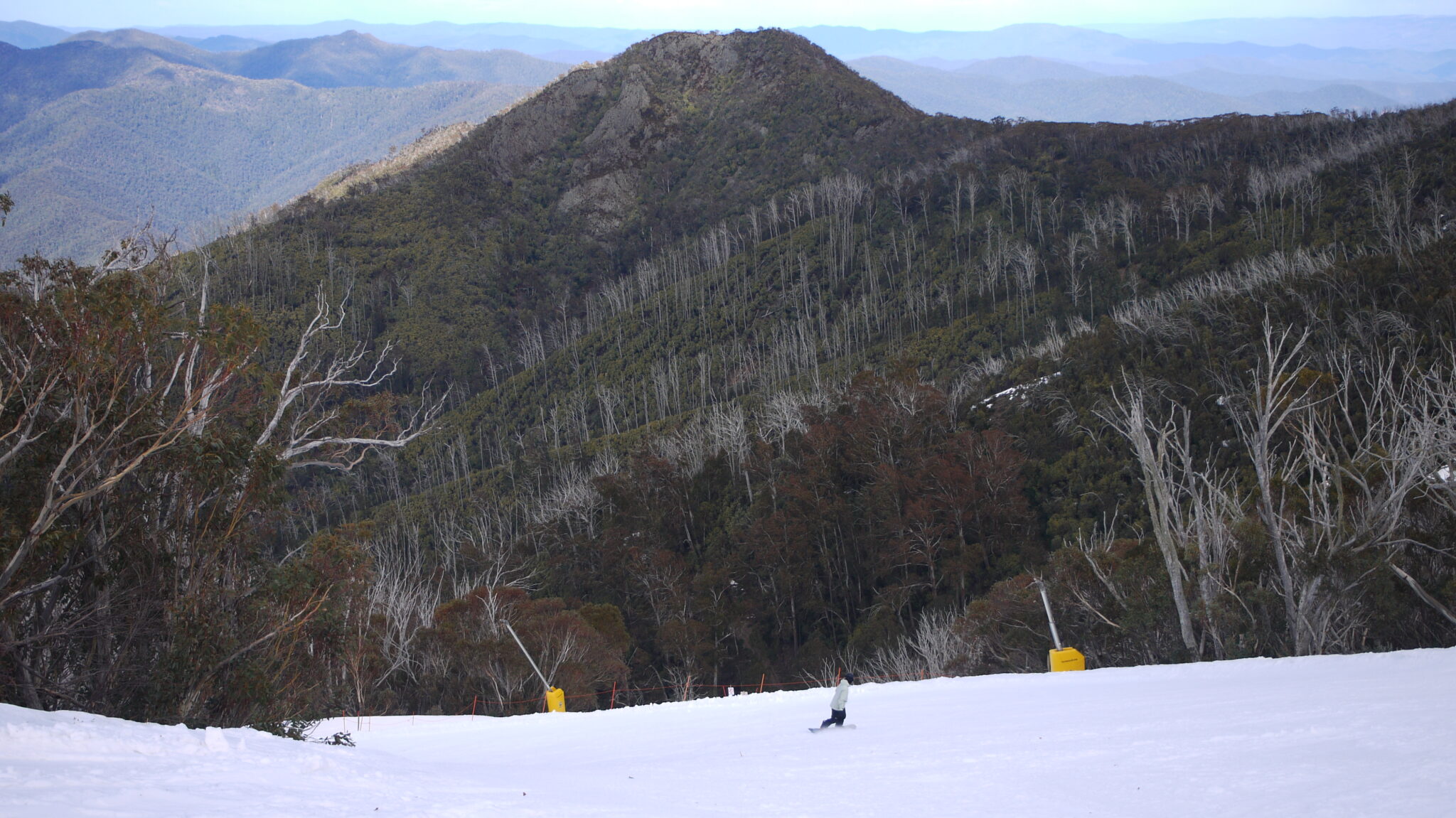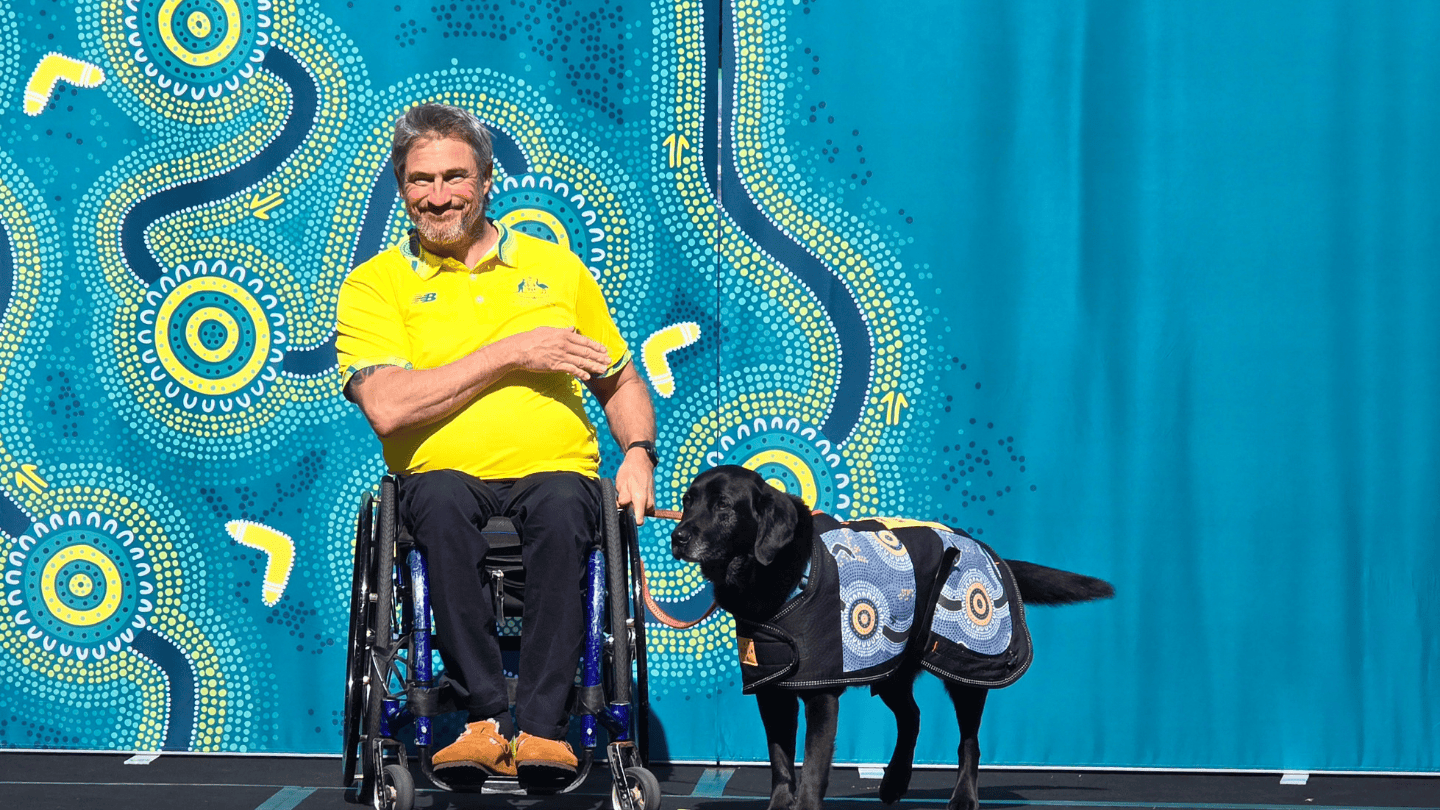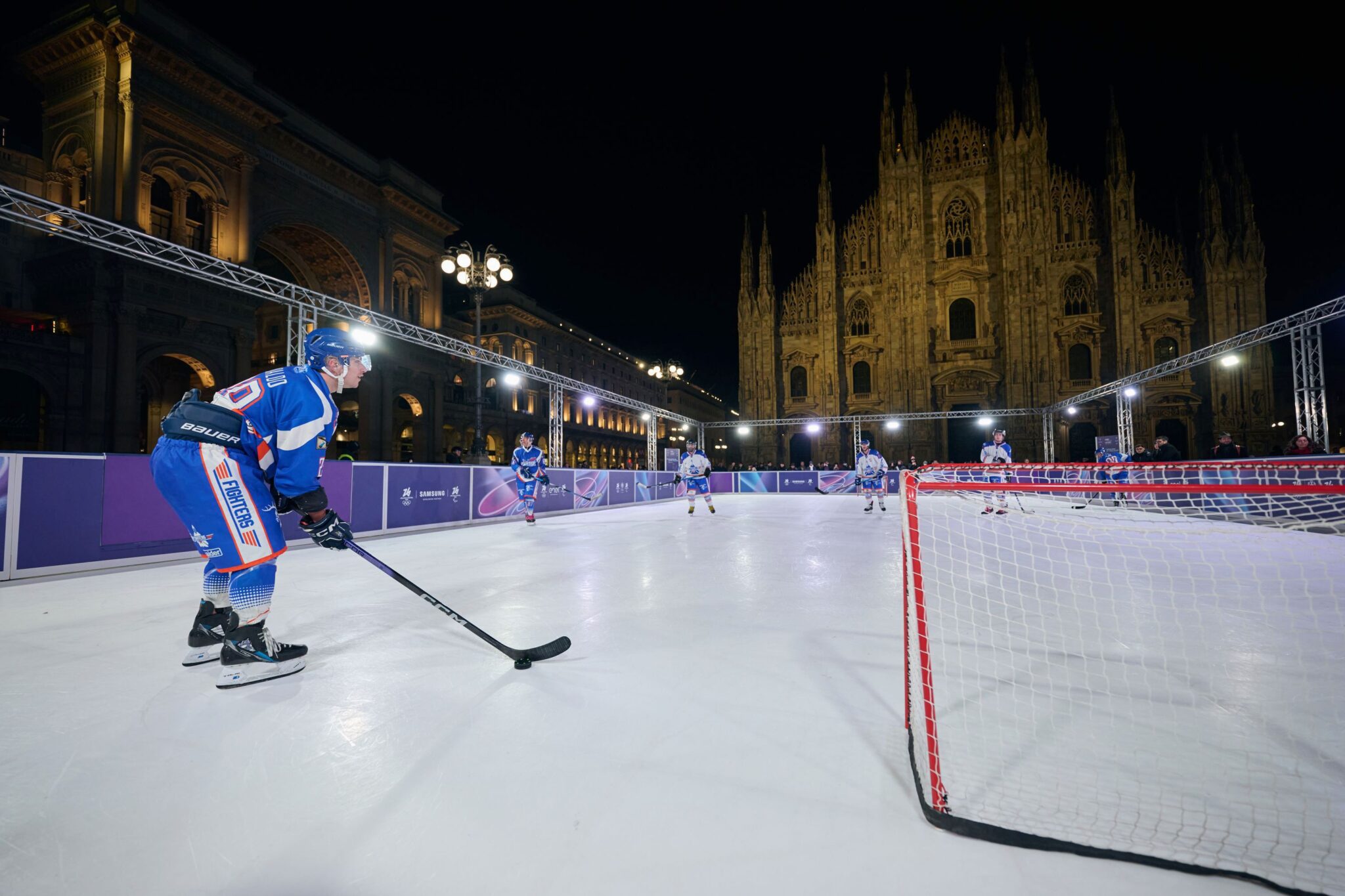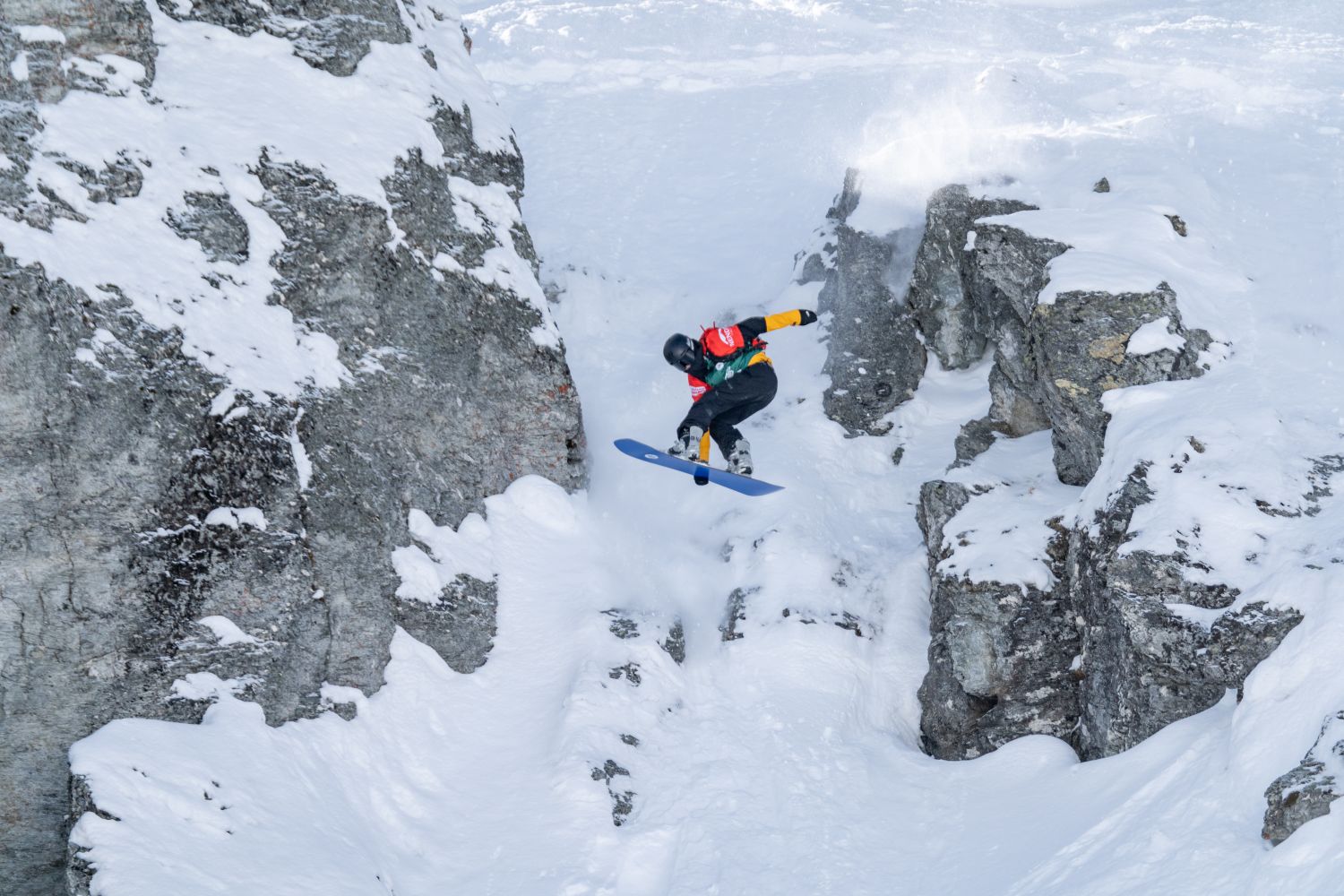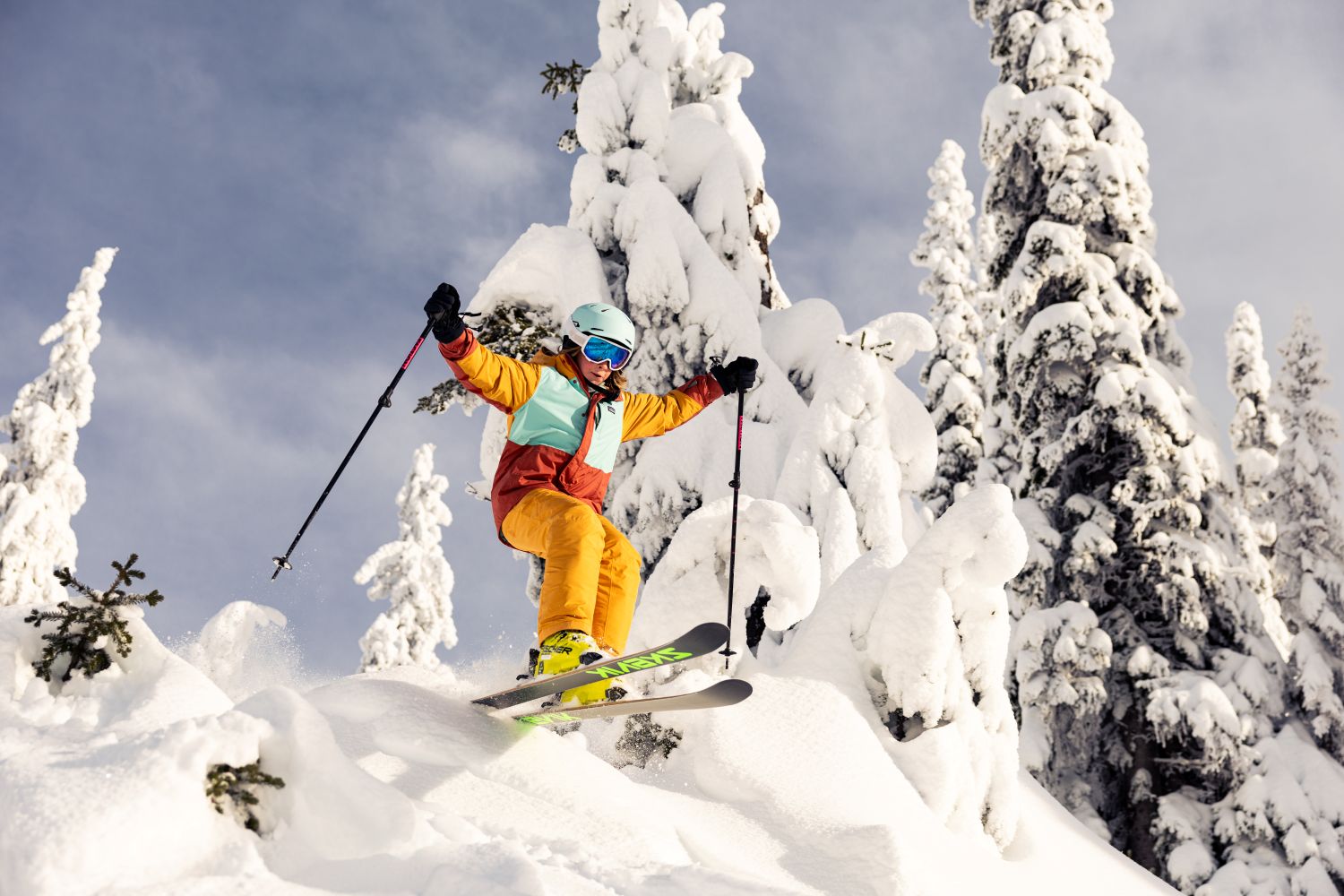How to Connect With Your Teenager in the Snow
Lessons From the Backcountry
Words by Robert Kinkade
In a world where teenagers are more often tethered to devices than to mountain trails, finding genuine moments of connection can feel elusive. For me, the answer came in the snow. The Australian backcountry, untamed, silent, and demanding, offered the perfect backdrop to trade PlayStation controllers for snow shovels, and Wi-Fi for whistling mountain winds.
This winter, my 13-year-old son and I stepped beyond the groomed slopes of Thredbo. After a few days on the piste, we turned our attention to Dead Horse Gap, a launching point for many backcountry journeys. Our mission was simple: build foundational skills in self-reliance, test world-class gear, and most importantly, strengthen the father–son bond that can feel tested in the teenage years.
The Untapped Beauty of the Backcountry
Australia is known for its ski resorts, but its backcountry remains a hidden gem. Step just beyond the lift lines and the experience transforms. The air grows quieter, the snow deeper, the challenges greater. Out here, it’s not just about carving turns but about survival skills – navigation, shelter, perseverance. Epic descents are part of the reward, but the journey is what truly matters.
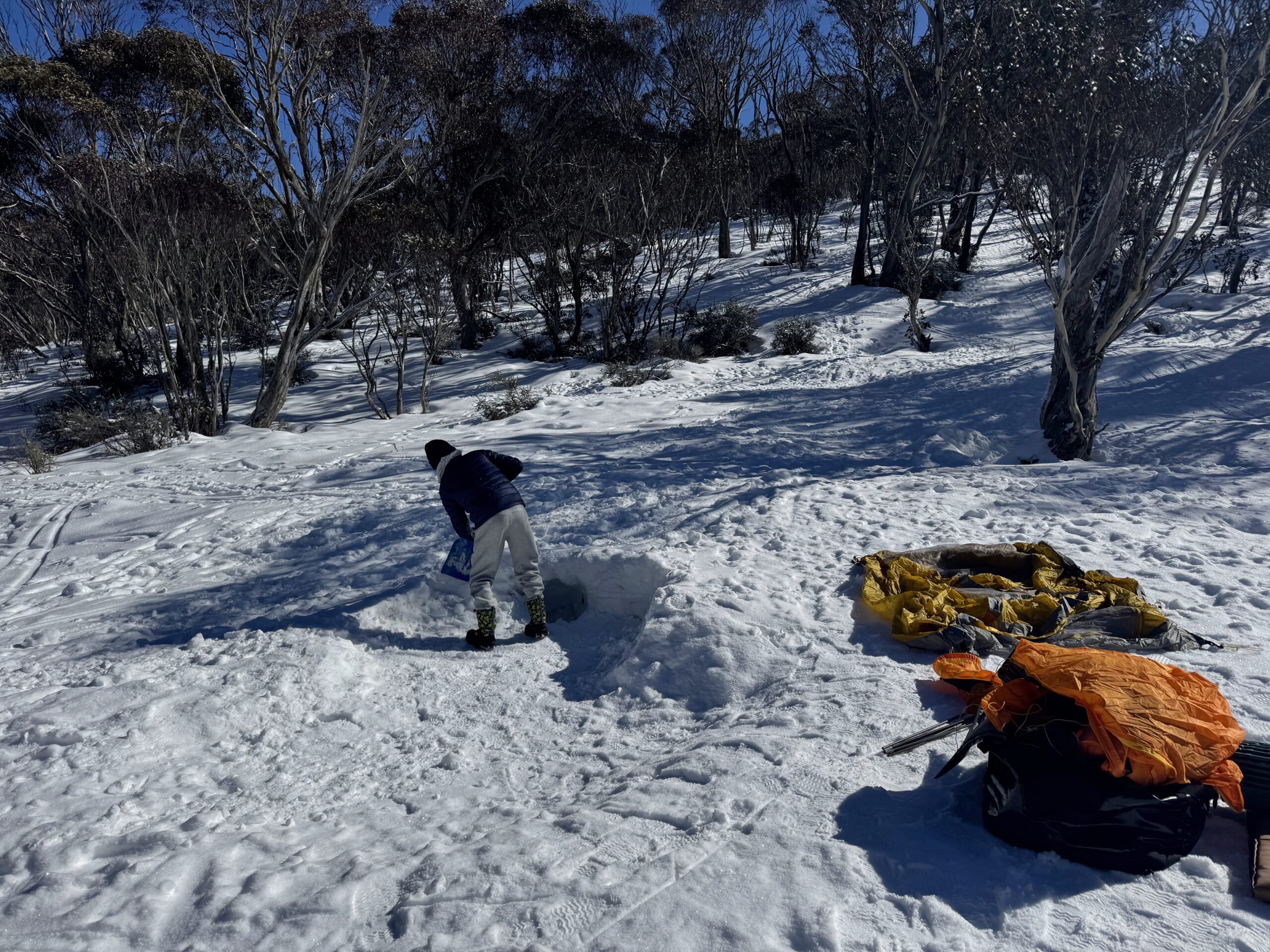
These skills have a life beyond the mountain. When teenagers learn to navigate a snow slope or melt ice for hydration, they’re also learning resilience, patience, and problem-solving. And as a parent, there’s no better classroom for teaching these lessons than the wild.
Building Shelter, The Mont Epoch Tent
One of the first lessons in the backcountry is shelter. Without it, altitude and cold quickly take their toll. For this trip, we relied on the Mont Epoch Tent, purpose-built for the high country. With stormproof construction and a waterproof floor, it’s designed to handle blizzards in the Snowy Mountains and expedition conditions abroad.

Even though our mission was only for the day, learning to pitch and secure a tent in snow was essential training. Together, we dug out a platform, carving a flat, wind-sheltered base. He took to the shovel with determination, quickly realising that backcountry comfort is earned, not given. Pegs, poles, and guy lines became a puzzle we solved side by side, far removed from the digital world he usually inhabits.
In that moment, I saw his confidence grow. For me, the Epoch was a high quality tent. For him, it was proof that he could help create a safe haven in the snow. Setup was intuitive, and I knew immediately we had found our go-to tent for adventures ahead.
Training for the Overnight: Sleeping Bags and Mats
Although our Dead Horse Gap trip was a daytime training exercise, we prepared as if we were going to spend the night. Part of the lesson was understanding the gear we’ll depend on when we extend our adventures further into the Main Range. Having spent many nights on glaciers on North American volcanoes in my younger years, I knew how crucial the right kit can be – and how the wrong choice can quickly spell misery, or worse.
That’s where Mont’s Brindabella XT 700 Sleeping Bag entered the picture. Designed for sub-zero conditions yet impressively lightweight and compressible, it’s built for warmth without compromise. My son loved the feel of it—even just crawling inside for a test while we brewed hot drinks—and it gave him a tangible sense of how winter camping can be comfortable, not punishing.
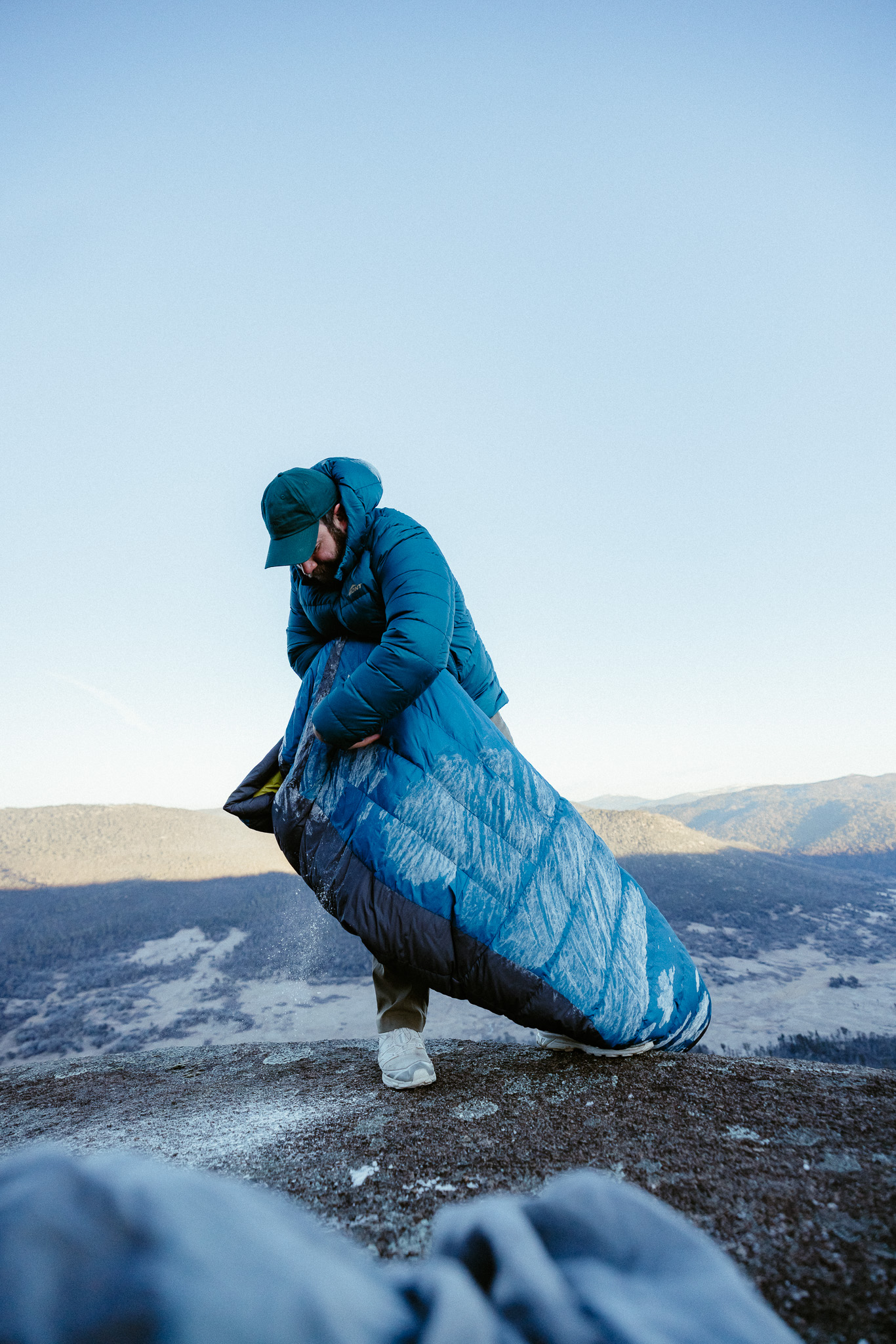

The same applied to the Mont Warmlite R2.2 Sleeping Mat. Too often overlooked, the mat is the barrier between body and frozen ground. I explained to my son the long-running debate between inflatable versus foam mats. The Mont team in Canberra were super helpful, foam mats are more reliable for backcountry use, where a punctured inflatable could mean a long, cold night. My son wasn’t convinced, until he stretched out on the Warmlite and felt how effective such a simple piece of kit could be. Clever gear designs with advanced materials are a great part of the experience. Much of my equipment growing up around Seattle had been designed by moonlighting Boeing Engineers, and it was great to see that same level of precision and rigorous testing is embraced by the team at Mont.
Even without staying overnight, the exercise built confidence. Next time, when we commit to camping on the Main Range, he’ll know exactly what to expect and how to stay warm.
Moments That Matter
Beyond the gear and the skills, the trip was really about time together. Working as a team to build camp, melting snow for hydration, and sharing stories in the quiet of the high country, these were moments that couldn’t have been scripted.
For the budding alpinist, there is still plenty of debate about whether a weekend in the backcountry can compete with online gaming and junk food. But the spark is there, and even his YouTube playlist has shifted into focusing on our shared passion. He’s already talking about sunrise powder runs, finding steep couloirs and about pushing further across the Main Range, and about how soon he wants to be the one to lead and plan an itinerary of his own.

